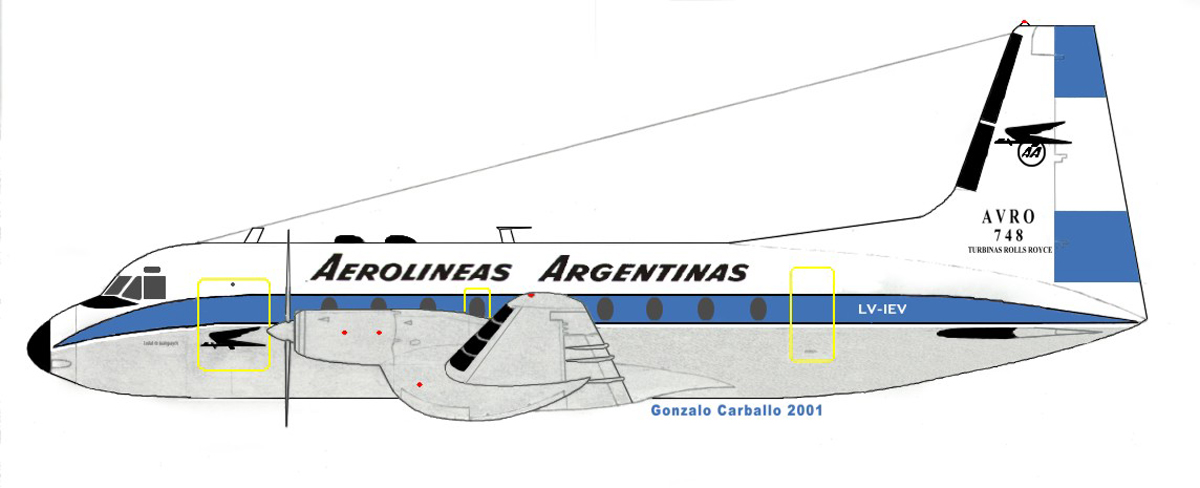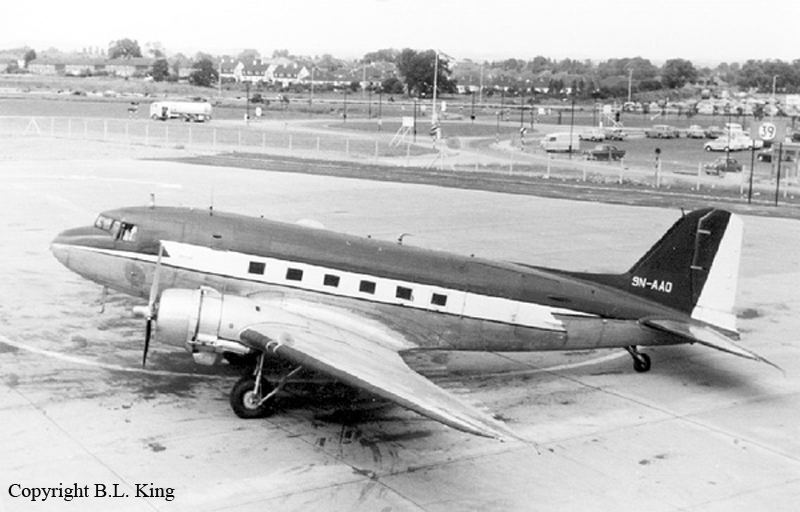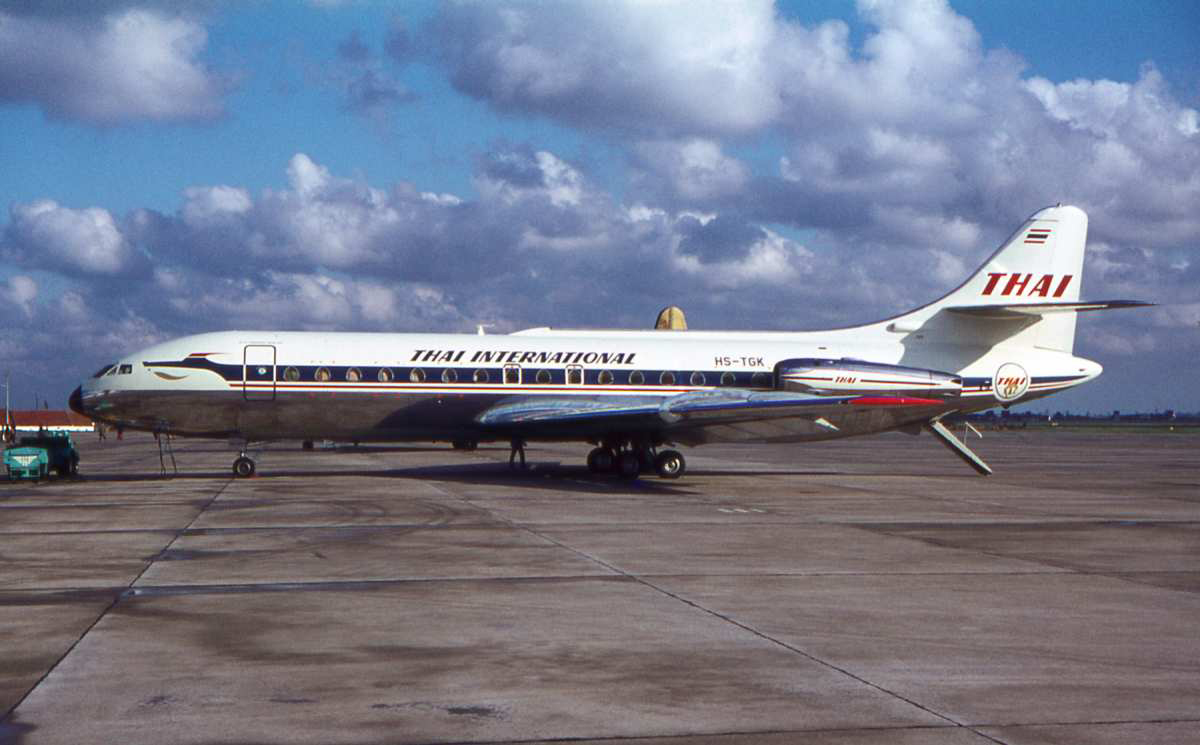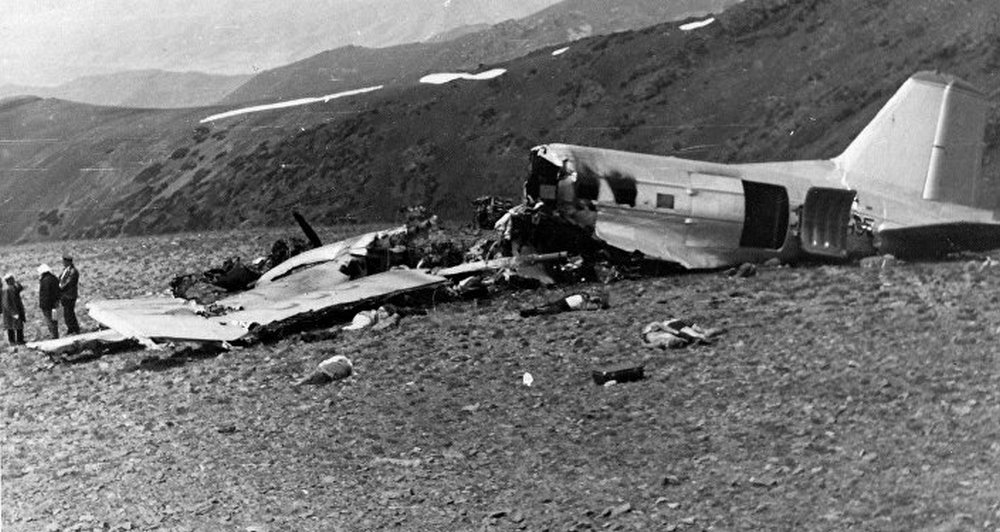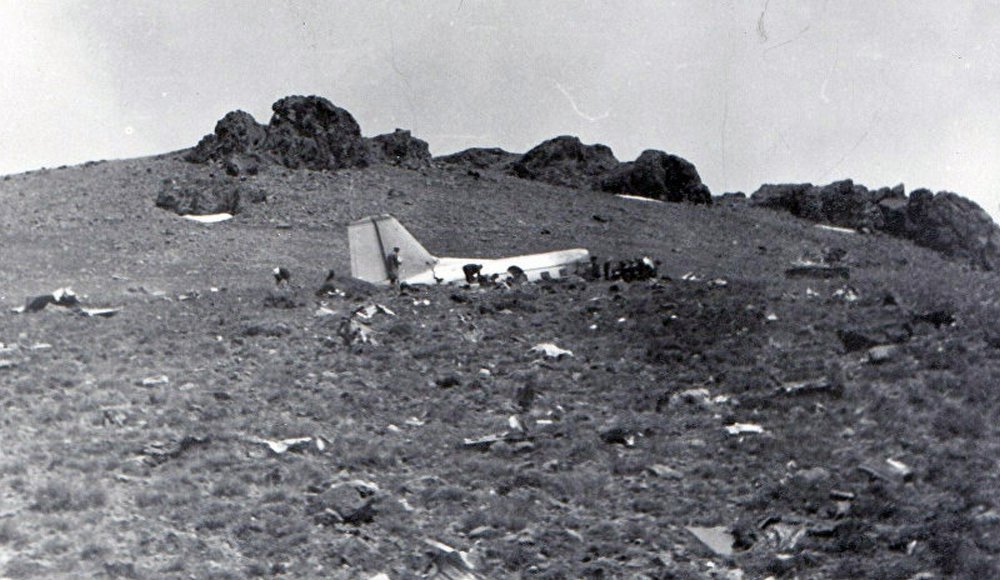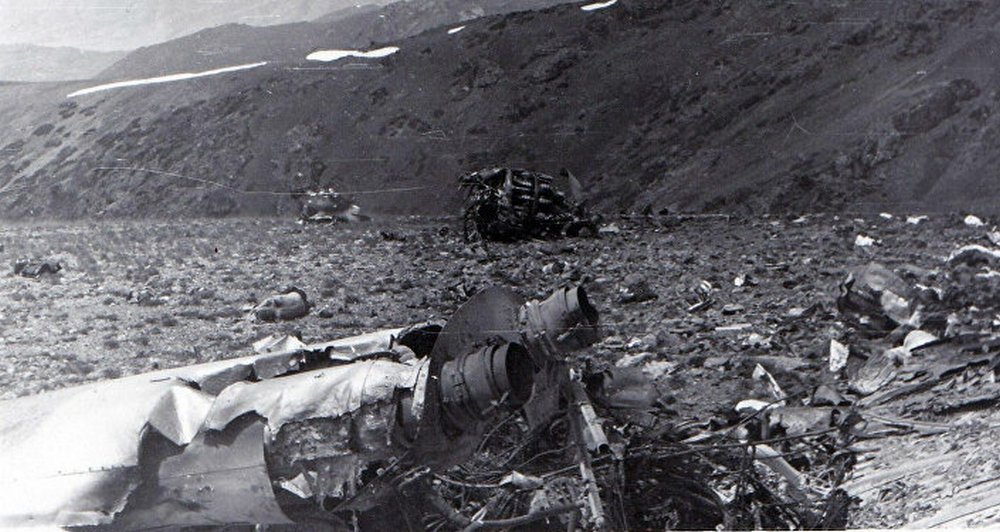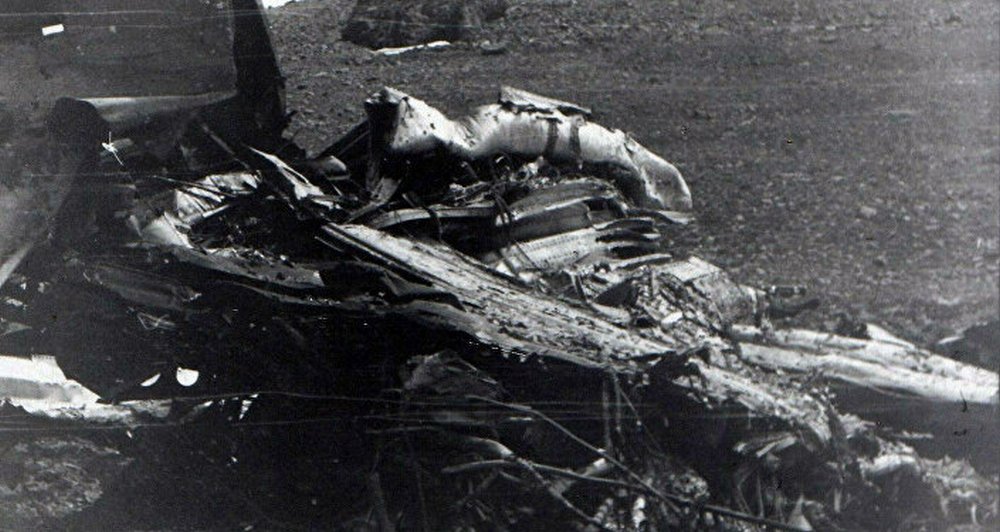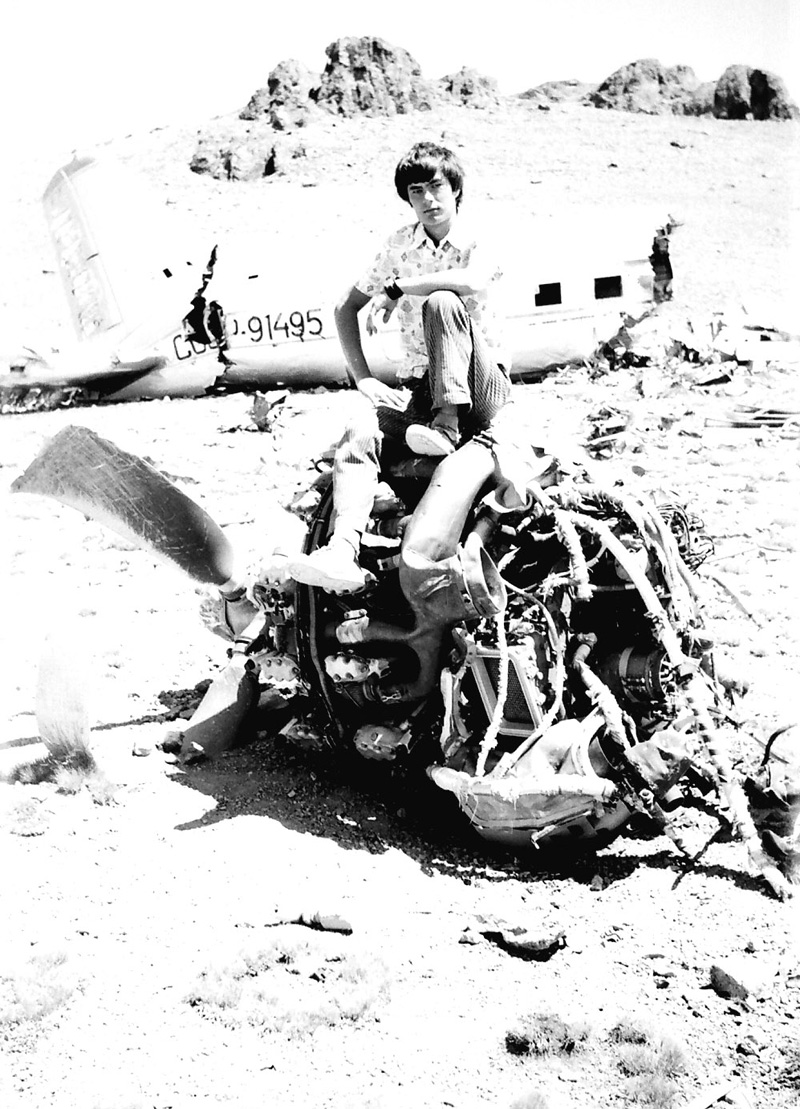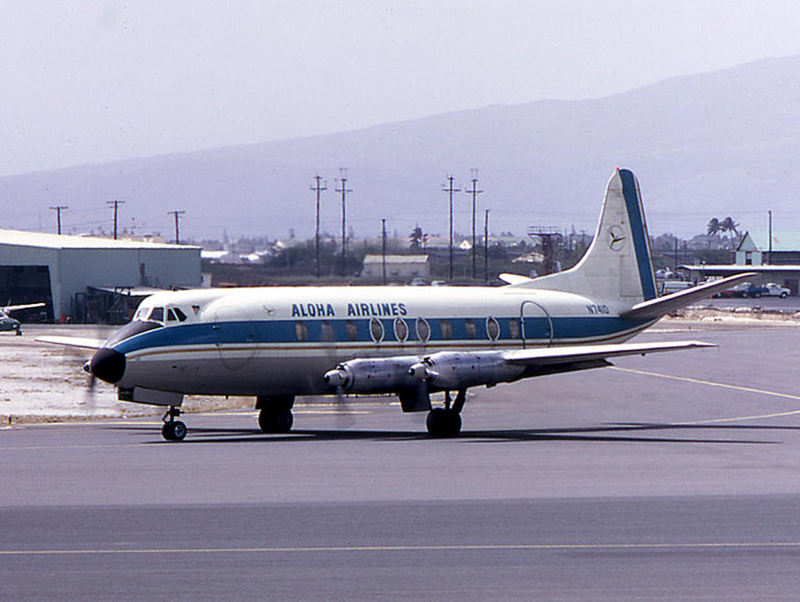Crash of a De Havilland DHC-2 Beaver in El Charco: 2 killed
Date & Time:
Aug 1, 1969 at 1500 LT
Registration:
HK-196
Survivors:
Yes
Schedule:
Buenaventura – El Charco
MSN:
870
YOM:
1956
Crew on board:
1
Crew fatalities:
Pax on board:
7
Pax fatalities:
Other fatalities:
Total fatalities:
2
Circumstances:
Crashed in unknown circumstances while approaching El Charco. Two passengers were killed.





